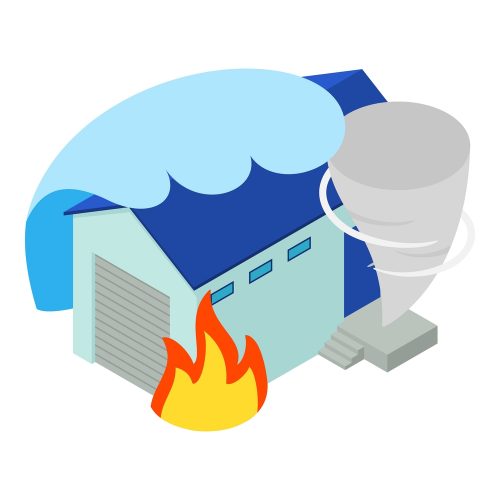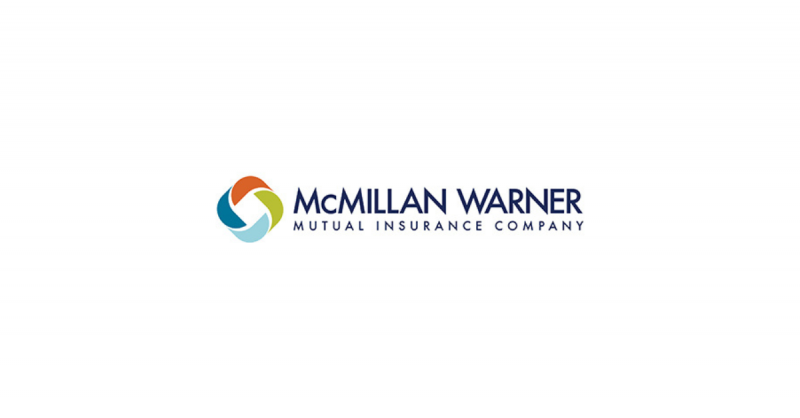The dawn of electric vehicles: Transforming the landscape of auto insurance – Part 1
The era of electric vehicles is now formally upon us (EV). By 2022, there will be more than 10 million electric vehicles sold worldwide. By 2030, the International Energy Agency (IEA) predicts that this number will almost triple. There are currently 3 million electric vehicles (EVs) on the road in the United States alone, and there are more than 130,000 public charging stations. These numbers are only expected to rise.
The growing popularity of EVs will have a significant effect on several sectors of the automobile industry. What implications does this sharp rise in EV sales have for vehicle insurance then? Let’s look at the rise of EVs and what its implications for customers and auto insurance in Part One.
The implications of electric vehicles’ ascendance for consumers
Beyond having reduced fuel expenses, electric vehicles (EVs) provide several other advantages to users, such as fewer moving components that can break down, no need for oil changes, and typically less wear and tear on brake systems than their gas-powered competitors. But EVs are also more expensive to insure than conventional combustion-engine cars because of their higher sticker prices.
What causes higher insurance costs for electric vehicles?
In addition to being more expensive than the majority of conventional cars, EVs also require more expensive maintenance and replacement parts. These are the two main causes of consumers’ increased EV auto insurance rates, according to Kelley Blue Book.
The average cost of a new electric vehicle was $58,940 in March 2023. This is over $10,000 more expensive than the $48,008 industry average for a new car at that time. Car insurance premiums are directly impacted by a vehicle’s MSRP; therefore, EV owners can expect to pay more for coverage.
Premiums for EV insurance are also significantly influenced by high repair expenses. An electric vehicle’s components are less likely to break down, but the ones that do cost a lot more to replace or repair. This is particularly true if the battery pack on an EV is harmed. According to Consumer Affairs, replacing an EV battery can cost anywhere from $4,500 to almost $18,000 on average.
Another issue facing EV owners is a lack of skilled repair facilities and experts. When it comes to repair alternatives, buyers will have fewer options and pay more because electric vehicle technicians need specific training. For EV drivers, the cost of insurance is increased by each of these considerations.
What should consumers anticipate regarding electric vehicle insurance expenses?
Repair prices and MSRPs will undoubtedly decline as electric vehicles proliferate and account for a growing portion of the automotive fleet; insurance costs will likewise inevitably decline in tandem. But EV insurance premiums will likely be more expensive in the near future than those for regular cars.
With over 14 years of experience dealing in personal lines insurance, registered insurance agent Nick Vitali discussed his thoughts on how a rise in EVs would impact consumers. While Vitali conceded that future insurance premiums will probably rise due to significant repair costs, he also highlighted several advantages for electric vehicle owners. He discussed how some insurance companies actually provide discounts or incentives for EV owners because electric vehicles (EVs) are more environmentally friendly and have less fire-related accidents.
Comparing repair expenses: Electric vehicles vs. conventional gas & hybrid cars
Here are some yearly repair cost estimates from RepairPal for more background. For instance, a gas-powered Toyota Corolla typically costs $362 to repair, whereas a hybrid Toyota Prius and a gas-powered Nissan Altima often cost $408 and $483, respectively.
In contrast, the average repair expenses of two electric vehicles, the Tesla Model S and the Nissan Leaf, are $1,047 and $748, respectively.
Stay tuned for Part 2 of the article, coming soon.











